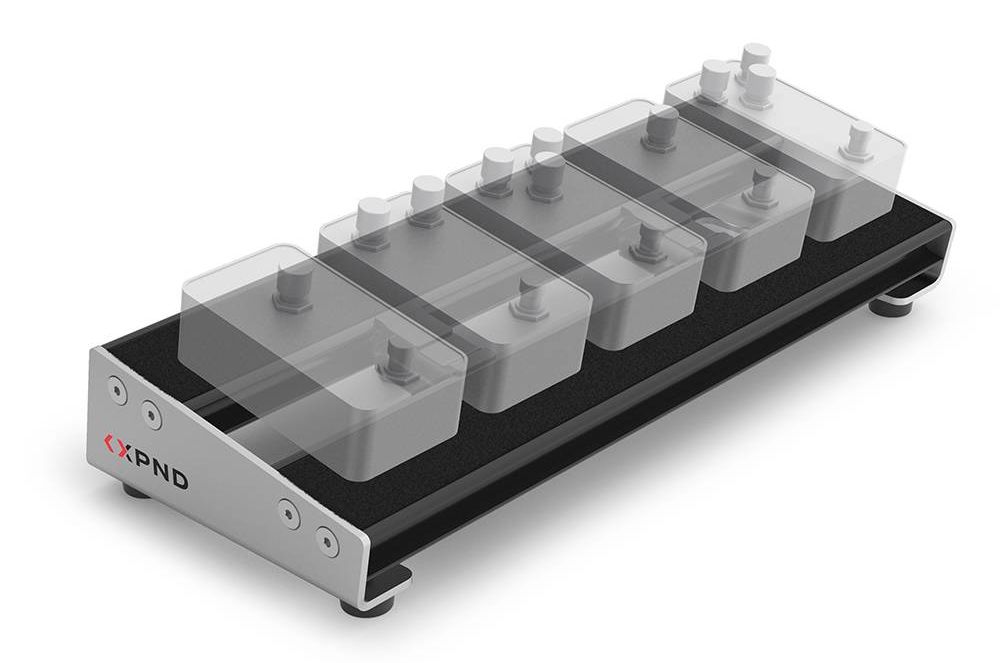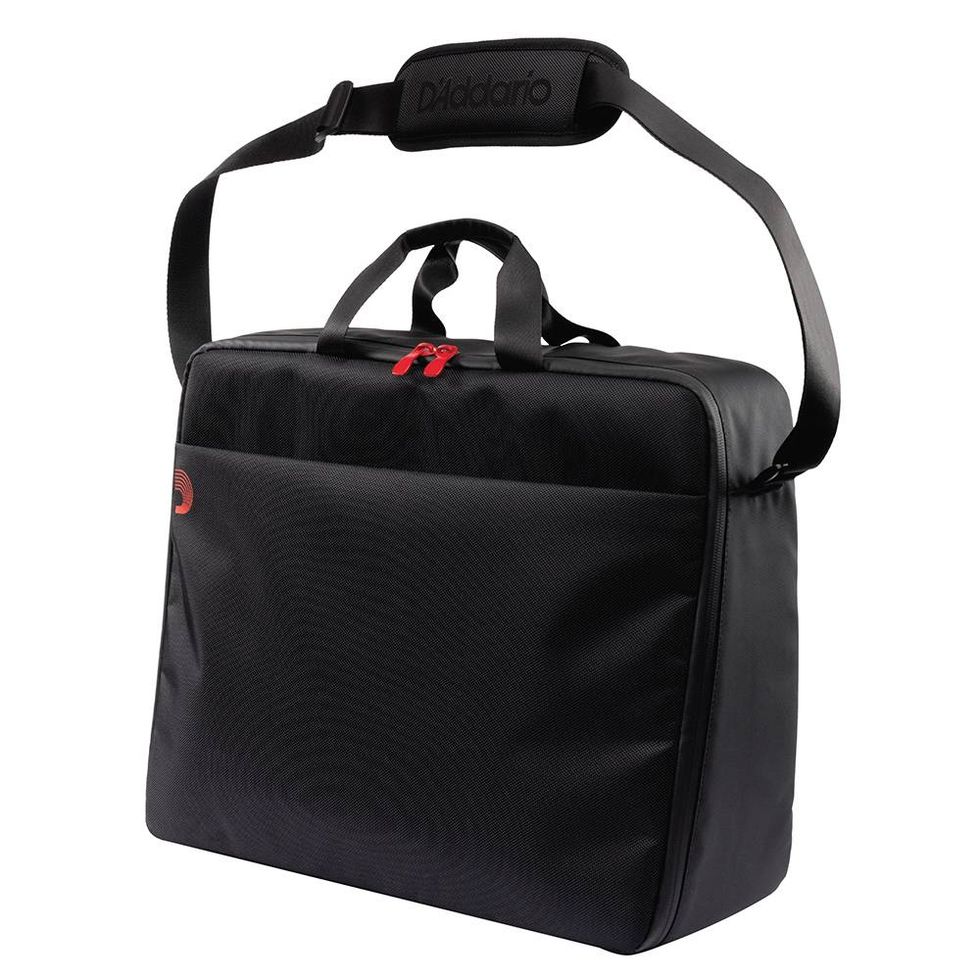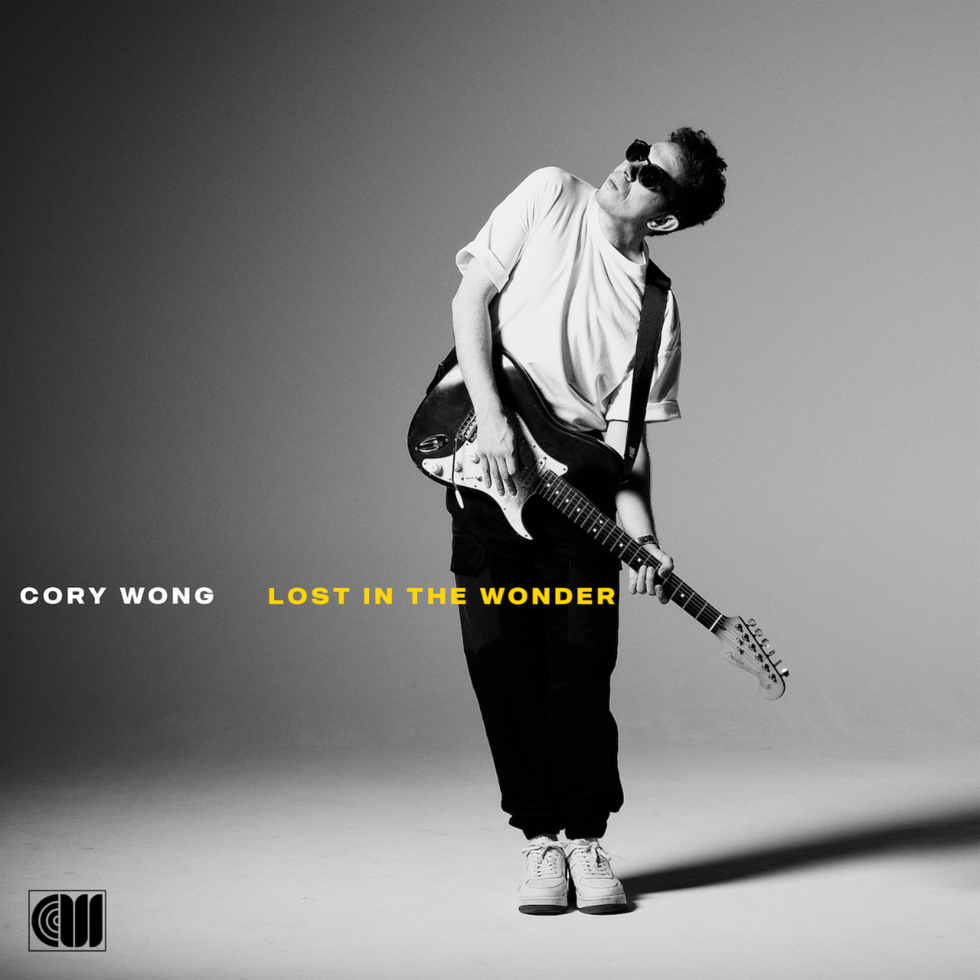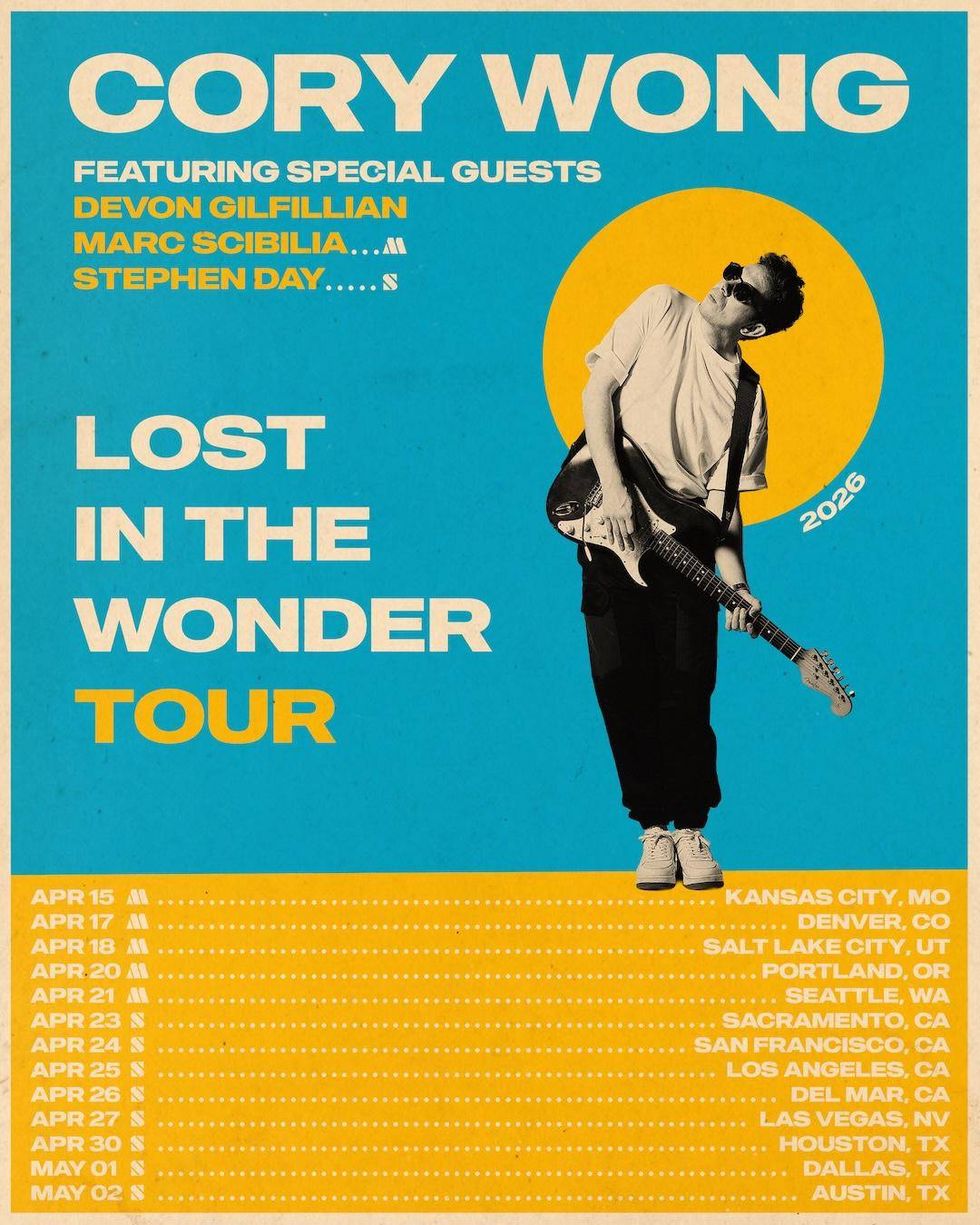A 1959 Les Paul Standard Sunburst was a “used” guitar in 1967. During the mid-1960s, Mike Bloomfield put away his Telecaster and picked up a Les Paul Goldtop with P-90 pickups. A few years later he switched to a ‘59 Burst. Bloomfield is widely credited with influencing many guitar greats to play their music on a Les Paul Flametop. His knowledge of the blues, powerful riffs and quirky character endeared him to numerous music icons of the 1960s and 1970s.
The late-1950s Les Paul Sunburst is the most sought-after vintage guitar model today. The prices paid for the best examples have exceeded $500,000 and is up, on average, about 30-fold in 20 years. When Burst aficionados speak of these electric guitars I often hear things like, “they were built by craftsman and better than anything made today,” “PAFs can’t be replicated,” “the materials are so much better than you can find now,” and “age has made these guitars sound great.”
Old Bursts and other classic electric guitars were cut on a router table or band saw. Are current high-tech precision CNC machines attached to routers, drill bits and saws less accurate than 1950’s equipment? Are you saying that wire, magnets and plastic can’t be made to sound like an old PAF? The raw material argument is weak as well. Maybe global warming changed the growth patterns of trees. Who decided that recently cut wood doesn’t sound better than planks cut fifty years ago?
Bursts sounded great in 1967 when they were eight years old (go listen to Bloomfield’s recordings). The same age a 1999 Les Paul Standard is today. Do you believe a room full of blindfolded guitar dealers could pick out the chords and riffs played by the real Bursts from the Historic, replica and Murphy Aged models without error? The argument isn’t strengthened when we think of dot-neck ES-335 guitars, made almost fifty years ago from laminated pieces of maple. Does a sandwich of woods sound better with age too? Burst prices are driven by the amount of flame on the top. I have never heard anyone say, “give me the plain-top, it sounds better – keep the outrageously flamed Lester.”
| The late-1950s Les Paul Sunburst is the most sought-after vintage guitar model today. The prices paid for the best examples have exceeded $500,000 |
Folklore is alive and well in the vintage guitar market. Bursts cost more than the average home in America for reasons other than sound. They cost more than the average worker makes in many years on the job because they are a limited availability collectible that has shown extreme price appreciation over a long period of time and some of the greatest guitarists the world has known played them in their prime.
Let’s inject a few real world examples into our theoretical discussion. Slash is credited with helping save Les’ namesake guitar from lackluster sales as he and Guns ‘n Roses climbed the music charts in the 1980s. Jimi Hendrix saved the Stratocaster playing Purple Haze in the late 1960s. Slash said that he played the same Les Paul guitar on all his important early recordings because it sounded the best. It was a replica LP made by a luthier. Slash has real Bursts, yet cherishes his replica and recent signature guitars.
Jimmy Page, the Burst guitar god of Led Zeppelin, shaved and refinished the necks of his ‘59 Sunburst Les Pauls because he liked a thinner neck profile, closer to a typical ‘60 model. Does that make them sound better? Page’s Groverized guitars sounded good to me. Shouldn’t all ‘59 Burst owners get Grovers and a shave? Sellers price a ‘59 versus a ‘60 LP higher, all other things equal. Why, because they sound better?
These old Les Paul guitars have become as iconic as the marquee players who used them decades ago. That’s why most wealthy buyers pay six-figures for them – not the sound. Mike Bloomfield, originally from Chicago, put down his Burst and switched back to Fender guitars during the 1970s.
Larry Meiners writes the Serious Guitar Collector Column for Musicians Hotline® Magazine. Larry is the author of the Gibson Flying "V" and Gibson Shipment Totals books as well as the audio CD book for collectors, Live! At The Guitar Show.
Larry''s books are available at (as well as other fine musical instrument and book retailers): Amazon.com, www.amazon.com, Blue Book Publications,
1-800-877-4867, www.bluebookinc.com, Elderly Instruments,
1-888-473-5810, www.elderly.com JK Lutherie,
1-800-344-8880, www.jklutherie.com, Music Time (Charles Dumont),
1-800-932-0824, www.musictime.com
For more information or to email Larry, please visit - www.flyingvintage.com
email: flyingvintage@aol.com
Copyright (c) 2004 Larry Meiners All Rights Reserved



















![Rig Rundown: Russian Circles’ Mike Sullivan [2025]](https://www.premierguitar.com/media-library/youtube.jpg?id=62303631&width=1245&height=700&quality=70&coordinates=0%2C0%2C0%2C0)






